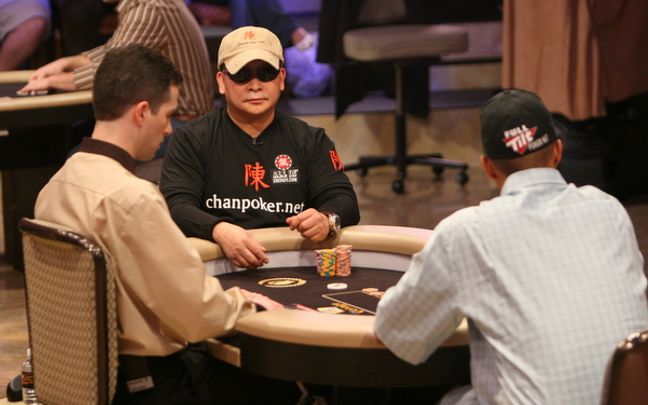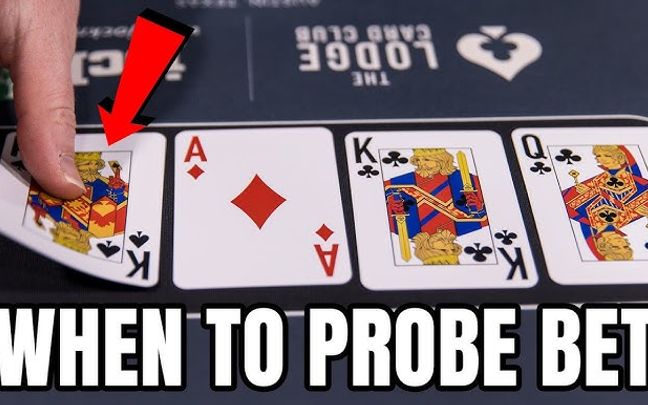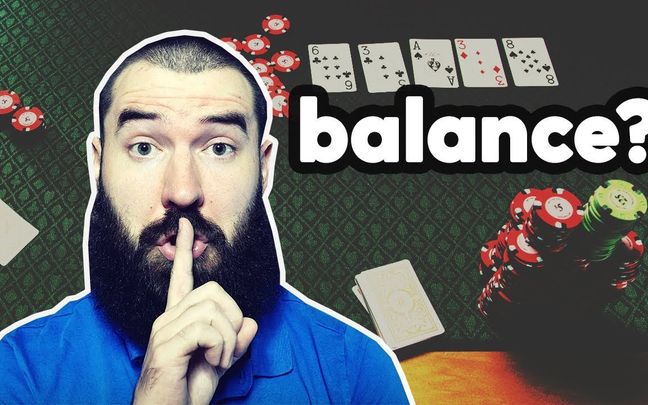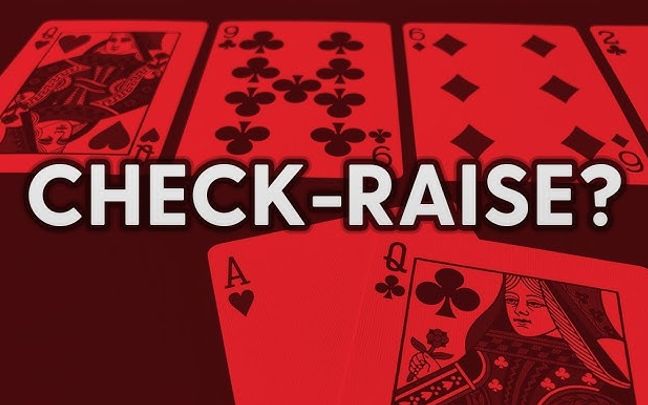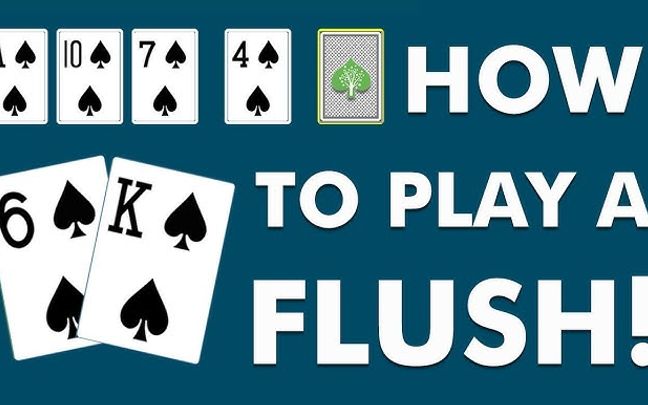In the world of poker, understanding the principles of betting on the flop is one of the most crucial factors. Applying these principles correctly not only helps you maximize value from strong hands but also allows you to control the game, pressure your opponents, and protect your hand from potential threats.
In this article, we'll delve into the key principles of betting on the flop, from building the pot and gathering information to executing bluffs and semi-bluffs, all aimed at enhancing your poker skills.

The Importance of Flop Betting Principles in Poker
The principles of betting on the flop are crucial in poker as they shape the entire hand and can offer significant strategic advantages. Here are some reasons why understanding and applying these principles are important:
Building the Pot
Betting on the flop helps you increase the size of the pot, especially when you have a strong hand. If you hit a strong hand on the flop, like a top pair or a set, betting will help you build the pot. This is essential because your ultimate goal in poker is to win as much money as possible when you have a strong hand.
For example, if you have a set and you bet, opponents with weaker hands might call, increasing the pot size. By the time you reach the turn and river, the pot will be large enough for you to make bigger bets and win more money if they continue to call.
Gathering Information
Betting on the flop is also a way to gather information about your opponent’s hand. How they respond to your bet can provide valuable insights. A quick call might indicate that they have a draw or a mediocre hand. If they raise, they could be holding a strong hand. If they fold, it likely means they have a weak hand or no draw.
This information allows you to adjust your strategy for the subsequent betting rounds (turn and river). Understanding what your opponent might be holding helps you make better decisions, thereby increasing your chances of winning.
Controlling the Hand
When you bet on the flop, you can control the pace of the hand. If you want to slow down the action to trap your opponent, you might choose to make a small bet or check (if you think your opponent will bet). If you want to speed up the hand, you can place a larger bet.
Controlling the hand also puts your opponent in a reactive position. When you are the one making the bets, your opponent has to respond to you, and you can exploit their weaknesses as a result.
Forcing Opponents to Fold
A strong bet on the flop can make opponents with weak hands fold, allowing you to win the pot without waiting for the turn or river. This is particularly useful when you have a hand that isn't particularly strong but can still beat weaker hands. For instance, if you have a low pair or a strong draw, betting might make your opponent fold, allowing you to win the pot right on the flop.
Setting the Narrative
Betting on the flop helps you establish a consistent narrative about your hand. If you consistently bet on the flop, turn, and river, you can convince your opponent that you have a strong hand, even if you don’t. This might lead them to fold in later rounds, letting you win without showing your cards.
Conversely, if you don’t bet on the flop, you might make your opponent think you have a weak hand, prompting them to bet aggressively against you, increasing your chances of being outplayed.
Protecting Your Hand
If you have a strong hand that could be vulnerable to future cards, betting on the flop can protect your hand by forcing opponents who might improve their hand on the turn or river to fold. For example, if you have a top pair and the board has potential draws (like a flush draw or straight draw), betting reduces the likelihood that your opponent will hit their draw.
Flop betting principles are a critical part of poker strategy. They not only help you build the pot and maximize value from strong hands but also allow you to gather information, control the hand, force opponents to fold, set the narrative for your hand, and protect your hand from potential draws. Understanding and properly applying these principles will enhance your poker strategy and increase your chances of winning hands.
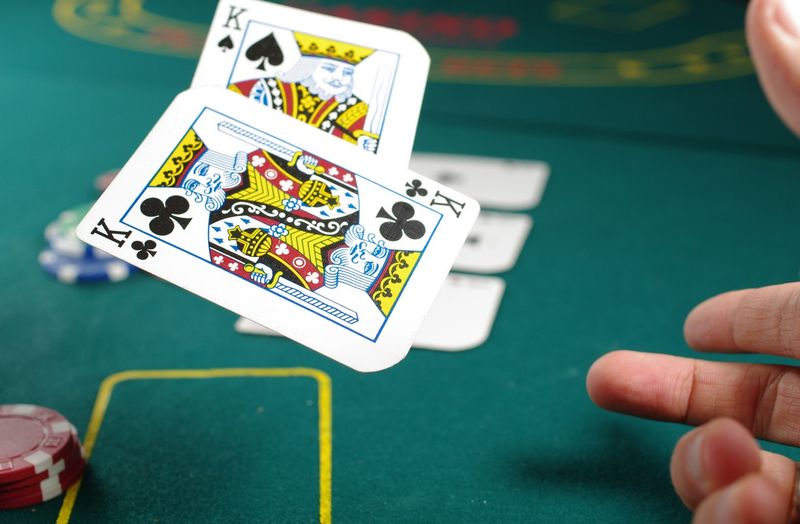
Flop Betting Principles
Betting on the flop is a crucial part of poker strategy. Understanding the fundamental principles will give you an advantage in the game. Here are the key flop betting principles you should know:
C-Bet (Continuation Bet)
Principle: A C-bet occurs when the player who raised pre-flop continues to bet on the flop. This is a common strategy to maintain pressure on opponents and continue the narrative that you have a strong hand.
Application:
-
Strong Hands: When you actually have a strong hand, a C-bet helps build the pot and protect your hand from potential draws.
-
Bluff: When you don’t have a strong hand but want to maintain pressure, forcing your opponent to fold. Note:
-
C-bets are most effective on dry boards with fewer draw possibilities for your opponent.
-
Avoid C-betting too often on wet boards, where opponents are more likely to call with a draw.
Size of the Bet
Principle: The size of your bet is crucial and depends on factors such as the board texture, the number of opponents, and your position.
Application:
-
Dry Board: Bet around 50-70% of the pot to maintain pressure without overcommitting resources.
-
Wet Board: Bet 70-100% of the pot to protect your hand from draws and make it unprofitable for opponents to chase draws. Note:
-
Don’t always bet the same amount, as this can make your strategy predictable to opponents.
Executing the Semi-Bluff
Principle: A semi-bluff involves betting with a hand that is not yet strong but has the potential to improve, such as a flush draw or straight draw.
Application:
-
Flush Draw or Straight Draw: Bet to build the pot and potentially force weaker hands to fold.
-
Overcards: Bet with hands like AK or AQ on a low board to make opponents fold, with the possibility of hitting on the turn or river. Note:
-
Semi-bluffs are most effective when you have several outs to improve your hand.
Position Play
Principle: Your position at the table significantly influences your flop betting decisions. Betting from a late position is more powerful because you have more information about your opponents' actions.
Application:
-
Early Position: Be more cautious with your bets as you have less information about your opponents’ actions.
-
Late Position: Bet more aggressively if previous opponents have checked or shown weak actions. Note:
-
Use your position to control the pot and adjust your betting strategy effectively.
Hand Reading
Principle: The ability to read your opponents’ hands and understand what they might be holding based on their previous actions is crucial in flop betting.
Application:
-
Identify Patterns: Use your opponent’s pre-flop and flop actions to narrow down their hand range.
-
Analyze Actions: Use information from how opponents call, raise, or fold to adjust your strategy. Note:
-
Continuously update your read on opponents’ hand ranges based on their most recent actions.
Fold Equity
Principle: Fold equity refers to the potential to make your opponent fold when you bet. This is an important factor when deciding whether to bet on the flop.
Application:
-
Identify Weak Opponents: Target opponents who are easily threatened and likely to fold under pressure.
-
Use Semi-Bluff: Bet when you have a chance to improve your hand but also want to force a fold. Note:
-
Don’t overuse bluffing, especially against opponents who tend to call frequently.

Flop betting is an essential component of poker strategy, requiring a solid understanding of the basic principles. By applying these flop betting principles effectively, you can optimize your chances of winning and minimize risks during the hand. Always adjust your strategy based on the specific situation and your opponents' actions to achieve the best results.

